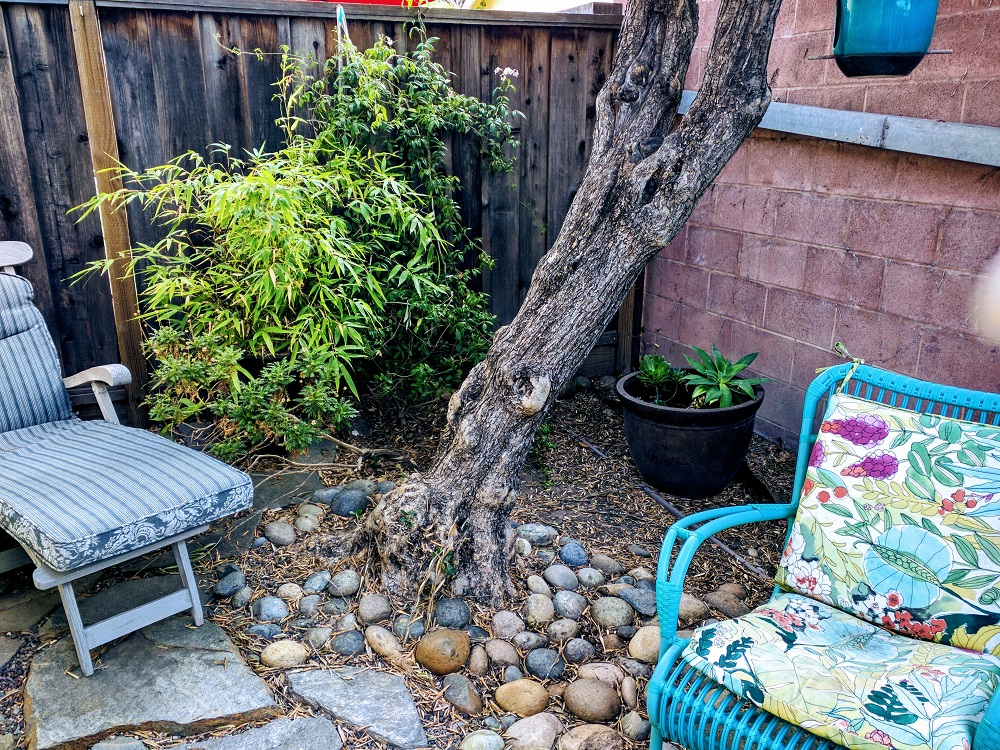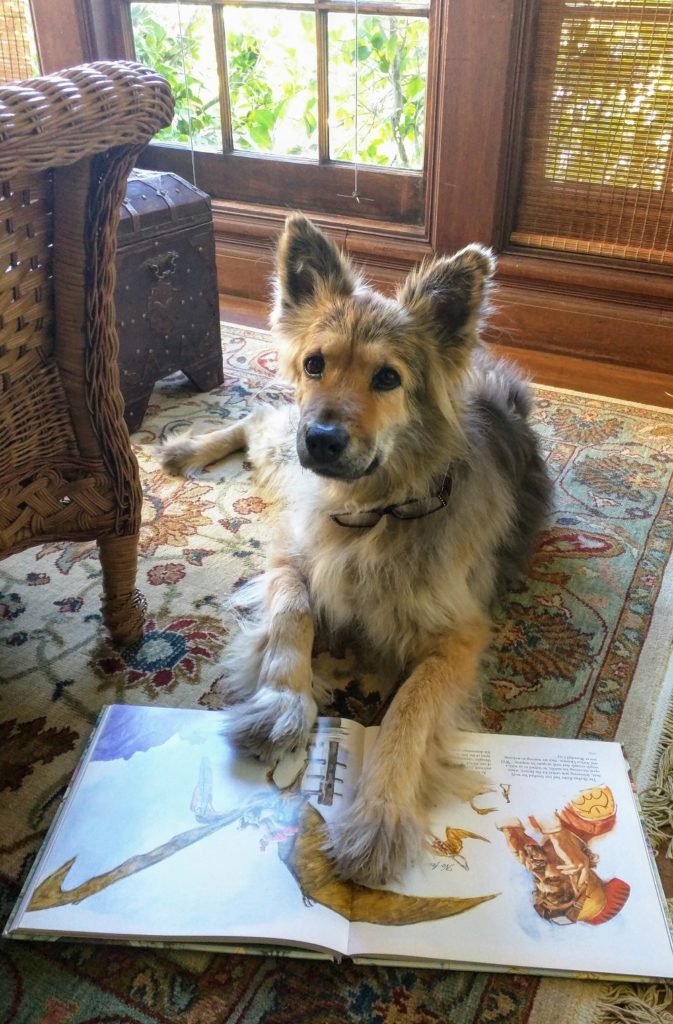
Part two: Five Tips for a DIY Writing Retreat
Welcome to my DIY Writing Retreat!
Open the door and enter my hideaway solo DIY writing retreat. Oh, and what is a DIY Writing Retreat?
I often attend a writing conference in the fall; for two years I reveled in the Better Books craft retreat (and, in fact, after that excellent retreat last year I decided to rewrite my novel for the fourth time. But this year I felt I knew where I was headed with my book, and what I really needed was to spawn words on the page a.k.a WRITE! So I took the money I would otherwise spend on a conference and rented a little dwelling in Santa Cruz, CA. By myself!
For those of you who are writers (or readers–talk about uninterrupted time!), here are some tips I think would be helpful for an El Cheapo, which is a DIY writing retreat you do at a friend’s house see (El Cheapo writing retreat Part 1), or a Not-So-El-Cheapo experience, a DIY retreat you do at a cottage or room that you rent.
1. Think twice about bringing your dog.
I was excited to bring my dog. A perfect writing companion, right? Someone who could sit beside me offering comradeship without interruption. A warm body. Even a good listener if you want to verbalize some new story idea.

Once I was ensconced in my little dwelling, I sort of regretted bringing Nala. For one thing, bringing a dog to the Not-So-El-Cheapo writing retreat makes the DIY writing retreat even less el cheapo because places that accept a dog will levy a surcharge. I knew that going in but thought the benefits outweighed the disadvantages. What I later realized was that I had less freedom. I didn’t feel I could leave her and go write in a cafe for a couple of hours. At home, I could do that, but I feared that in a strange location she might bark. And that was another disadvantage. She was never fully comfortable in the new space. (I mistakenly thought cats were tied to location and dogs were tied to people.) Every time a car door closed on the street or a neighbor walked by, Nala woofed. I constantly worried about being a nuisance (or worse, being kicked out), and that had an impact on my ability to concentrate.
The good part was that she’s an excellent napper, and I really enjoyed her company at night, but overall, the negatives outweighed the positives.
2. Set a word goal.
I set a word goal of 5,000 words for the week. For me, that’s a lot (and secretly I was even hoping to do 6,000). The result? While I was at my writing retreat, some days I wrote about 800 words a day, some days 1300, and some days 400. Now that I’ve been home, I’ve averaged fewer words per day, as I expected. My challenge now? Motivate myself to continue to plug away at my word count each week. I know that I worked harder and longer each day of my retreat to produce writing because of my goal. And, of course, because of the money I spent to force myself to write.
3. Invite a friend–for one day.
I invited my husband. He came for 20 hours. He arrived in time for dinner and took me to a lovely Italian restaurant (my fave cuisine!). In the morning, we had breakfast on the pretty little patio in back of my “house.” Isn’t it cute and cozy? Whole Foods was conveniently located across the street. We enjoyed pastries, egg burritos, a smoothie, and the writer’s elixir, latte.

After breakfast, we drove into Capitola, a scenic seaside town, walked around with the dog, and found a place for lunch overlooking the ocean with outdoor seating where Nala could lie under the table. My husband left mid-afternoon, taking the dog with him. And that freed a newly-refreshed me to re-immerse myself in writing.
It proved to be the perfect respite. Enough time to goof off and enjoy human interaction but not so much time that it adversely affected the reasons I was doing this retreat.
4. Get out.
Walk every day if possible. Your body needs it, and your mind needs it. As Gretchen Rubin explains in The Happiness Project, “exercise-induced brain chemicals help people think clearly” and she adds Nietzsche’s observation that”‘All truly great thoughts are conceived while walking'” (25).
If you’re meeting your word goal, an extracurricular activity can be your reward and provide additional mental stimulus for your writing process. One evening, I drove into neighboring Scotts Valley and watched the movie Eighth Grade. Eighth Grade was an especially apropos extracurricular for me since the protagonist of my current Work In Progress is an eighth grader.
5. Read.
My habit is to read in bed at night and before naptime. Yes, I am a devoted napper; no, I’m not a kindergartner. Normally I read fiction, but I think if you’re doing a DIY writing retreat, you should add in some nonfiction as well to inspire you. I brought along Joan Didion’s The Year of Magical Thinking because she’s a fantastic essayist, and I wanted her language to wash over me, and I’ve always wanted to read that book. Another non-fiction book I finished in Santa Cruz is A Kim Jong-il Production about a famous film director/actress couple who were kidnapped by North Koreans and forced to produce films. I was inspired by their devotion to craft even as they fought for their survival. It turned out, too, that my retreat had a bookshelf of books, so I started The Happiness Project by Gretchen Rubin. Little did I know Gretchen Rubin would write about writing as well, so that was an added bonus. For lighter moments, I re-read What Alice Forgot by Liane Moriarty. I had forgotten how much What Alice Forgot was about second chances and starting fresh–both topics totally appropriate to my DIY writing retreat!
What about you, writers? Ever done a DIY writing retreat? How was it? What tips did I leave out?